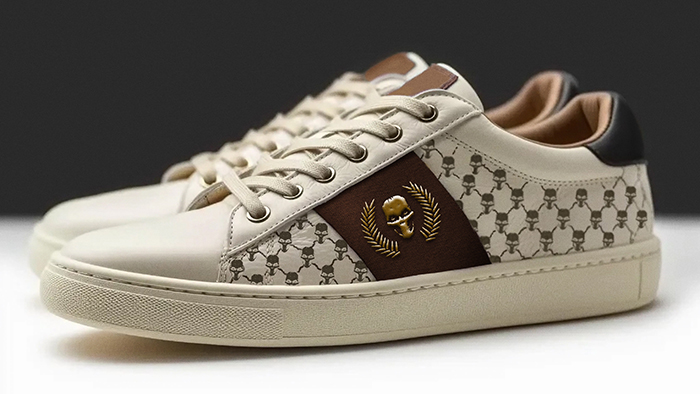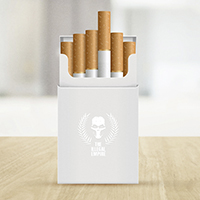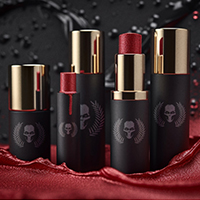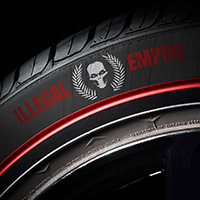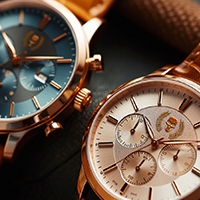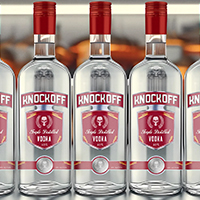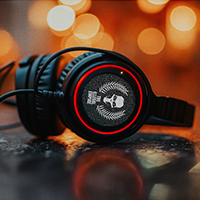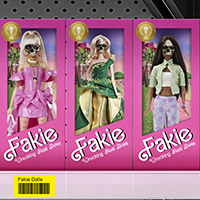Illegal fashion products are more than the fake you bought on holiday.
The dodgy belt you bought on holiday along with the flimsy fake designer handbag have often been seen as a bit of fun, rather than participating in illegal trade which costs billions.
Picking up some dodgy tat has become a common practice, viewed as harmless by many consumers. One study by the International Trademark Association suggested that 79% of Generation Z consumers had purchased a counterfeit product. And they are far from the only ones - all-in-all, the fake fashion trade makes up 3.3% of the wider global industry.
While the fake trade has long been around, it is now booming. The driver of the illicit boom has been online marketplaces and social media sales, which have created a new consumer, outside of the ‘ironic’ purchases of obvious fakes: one who is unknowingly buying inferior goods online. Unable to view the merchandise before purchase, many only realise when the product arrives. And some remain unaware - blaming the real brand for the shoddy quality, creating a real, and growing, reputational issue.
Some consumers take the online products to physical stores for refunds or swap for the real thing - often knowingly, known as ‘return fraud’. In the US in 2020, sellers lost $5.90 for every $100 of returned merchandise, of which around 12% is fashion.
In short, counterfeiting seems an untameable business - high profits and a low sense of guilt amongst consumers who are either unaware or more amused by the fakes than feel any remorse.
The brands themselves, though, are not seeing the funny side. The fake industry can deal a tremendous amount of damage to a brand’s reputation and drastically change buying behaviour. According to Incopro market research, both those who have knowingly and unknowingly bought counterfeit goods think less of a brand associated with counterfeit goods, regardless of the fact that they are victims too. Of those reviewed, 35% are less likely to buy that brand’s products from an online marketplace, and 34% less likely to buy directly from the brand’s website as a result.
Nor are brands the only victims. A report by the United Nations Office on Drugs and Crime has uncovered strong, “intricate links” between counterfeit goods and other serious offices, including illicit drugs, money laundering and corruption. What’s more, there’s a high chance that the goods had been produced by a victim of human trafficking, especially as counterfeit labour sites are unregulated.
Find out what Crime Stoppers International and other agencies are doing to tackle fraud in the fashion industry.
